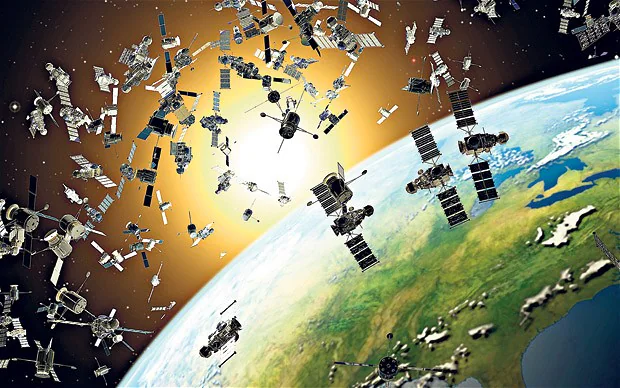
Satellites in Orbit
Posted on May 14, 2025
By Andy | Source: UNOOSA, Gunter’s Space Page, and related space-industry reports
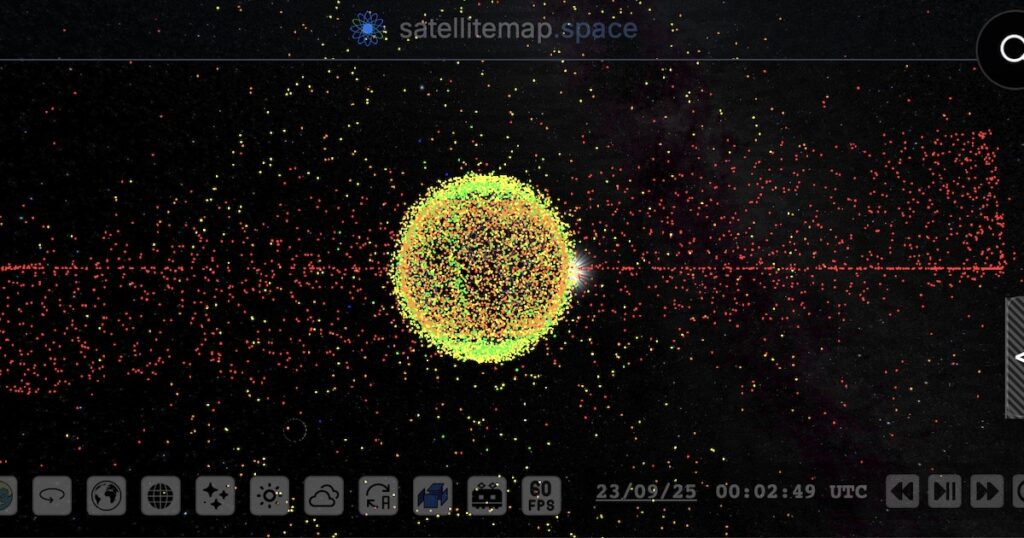
A Record Year for Satellites in Orbit
At the end of March 2025, there were 14,904 individual satellites orbiting the Earth, according to data from the United Nations Office for Outer Space Affairs (UNOOSA) and Gunter’s Space Page.
This marks a 31.5% increase since mid-2023 — an astonishing rise that reflects the continuing expansion of the global space industry. Every few days, new satellites are launched into orbit, while others re-enter Earth’s atmosphere or are deorbited at the end of their service life.
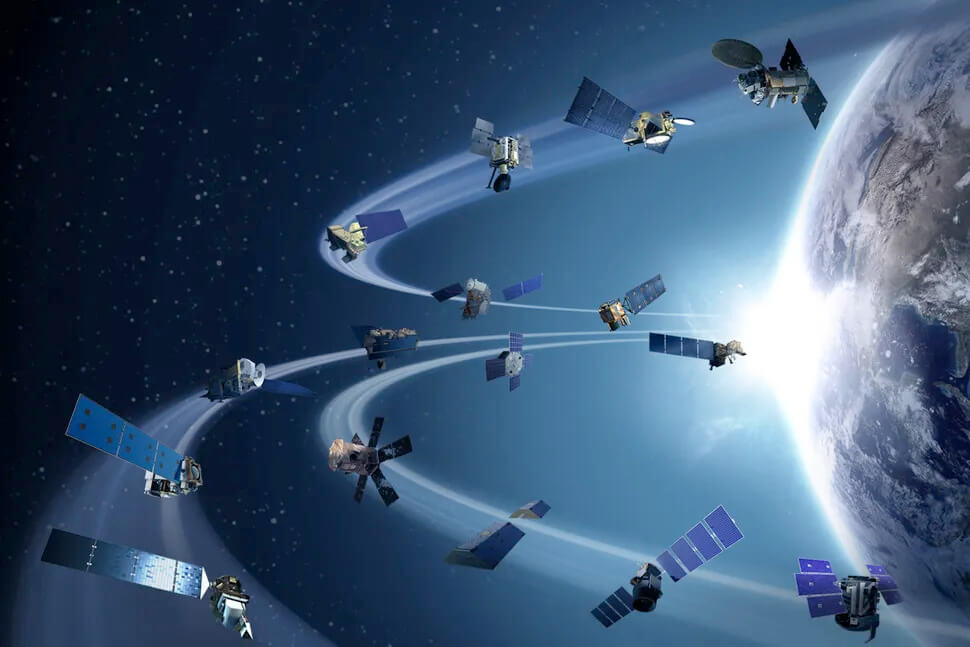
The Scale of Human Activity in Space
According to UNOOSA, 20,985 objects have been launched into space since the dawn of the Space Age, beginning with Sputnik 1 in 1957.
What is truly remarkable is how rapidly the pace of space activity has accelerated:
- 11,951 launches occurred between 2020 and early 2025, accounting for 57% of all launches ever made.
- In contrast, the previous 63 years (1957–2019) saw only 9,034 launches.
In the first three months of 2025 alone, there were 639 launches, putting this year on track to be one of the busiest in history.
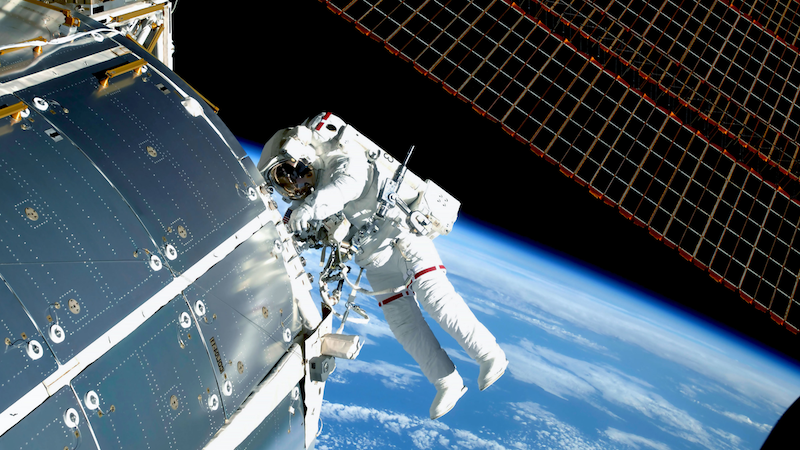
Where Are These Satellites?
Most of the nearly 15,000 satellites orbit the Earth, but not all remain close to home.
- 14,904 satellites orbit Earth.
- 111 satellites are currently orbiting other celestial bodies such as the Moon, Sun, or Mars.
The oldest satellite still circling our planet is Vanguard 1, launched by the United States on March 17, 1958 — still orbiting after more than 67 years.
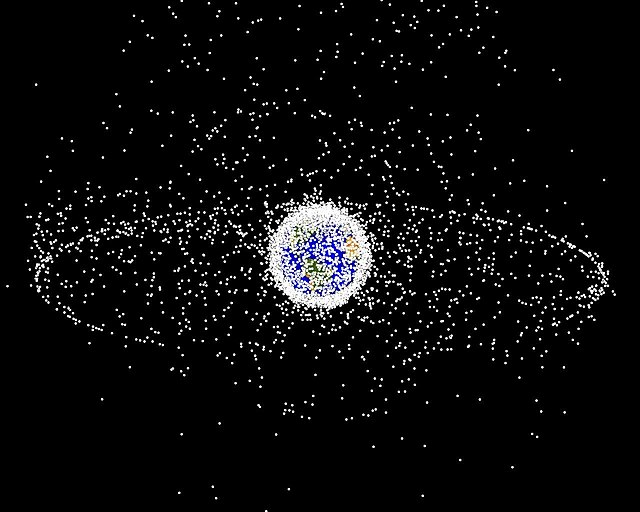
How Many Satellites Are Actually Working?
While the total number of satellites in orbit is impressive, not all of them are operational.
Based on long-term analysis and historical data:
- Around 70–75% of these satellites are currently functional.
- That means roughly 10,400–11,200 satellites are active.
- The remaining 3,700–4,500 satellites are nonfunctional — dead hardware traveling thousands of kilometers above us at speeds up to 28,000 km/h.
This “space junk” problem has become one of the key challenges for future orbital management and debris mitigation.
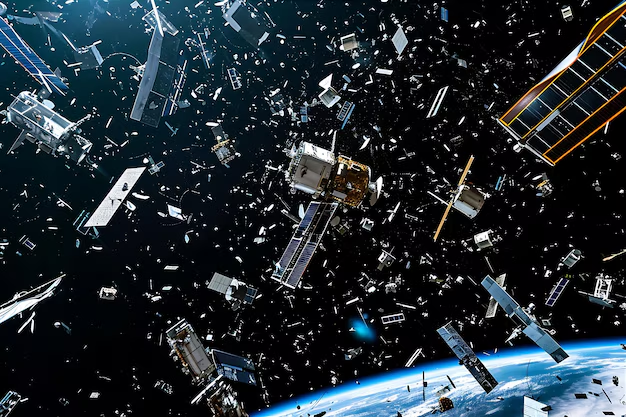
Why the Explosion in Satellite Numbers?
The rapid increase in satellite launches over the past decade has been driven by three major developments:
1. Miniaturization: CubeSats and Beyond
The creation of CubeSats — compact satellites built in 10-cm cubes — revolutionized the economics of space.
- Launch costs are between $50,000 and $150,000, compared to hundreds of millions for traditional large satellites.
- Typical CubeSats weigh around 2 kg (4.4 lb).
Since the first CubeSats launched in 2003, their popularity has exploded. Even smaller types have since appeared:
- Picosatellites: under 1 kg (2.2 lb)
- Femtosatellites: only a few ounces
These tiny satellites make it possible for universities, startups, and small nations to enter space at a fraction of traditional costs.
2. Constellations and Mass Deployment
Another key trend is the rise of satellite constellations — groups of interconnected satellites working together.
- SpaceX’s Starlink leads the way with over 7,000 satellites in orbit.
- OneWeb, Planet Labs, Amazon Kuiper, and China’s Guowang are also deploying large networks for broadband, Earth observation, and communications.
This shift from single-satellite missions to networked constellations has redefined what’s possible in low Earth orbit.
3. Globalization of Space Access
Historically, only a few countries (the U.S., Russia, and China) dominated space activities. Now, dozens of nations participate, supported by commercial launch providers and small satellite builders.
This “democratization of space” is reshaping the global satellite economy and increasing international collaboration.
Dealing with Dead Satellites and Space Debris
While early space missions rarely considered end-of-life plans, modern satellites are now designed with controlled de-orbit systems to minimize debris.
- CubeSats typically burn up harmlessly in Earth’s atmosphere.
- Larger satellites perform controlled re-entries over remote ocean regions.
- However, uncontrolled re-entries still occur — such as the return of Russia’s Kosmos 482 in early 2025, originally launched in 1972 and finally re-entering after 53 years.
Efforts are underway worldwide to develop active debris removal systems, though a fully operational cleanup solution has yet to be implemented.
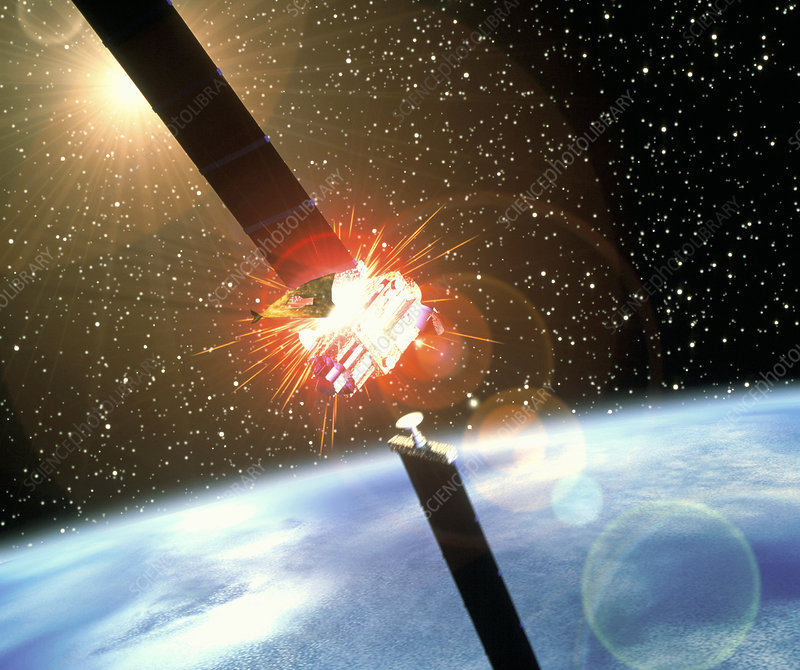
When You Look Up at the Night Sky…
Remember that beyond the stars, there are now nearly 15,000 satellites orbiting Earth — some active, some silent, all part of humanity’s expanding footprint in space.
As launch rates continue to grow and satellite technology becomes smaller and cheaper, this number will almost certainly pass 20,000 within just a few years.
The next time you see a moving point of light crossing the sky, it might not be a star at all — but one of thousands of human-made satellites silently circling our planet.



